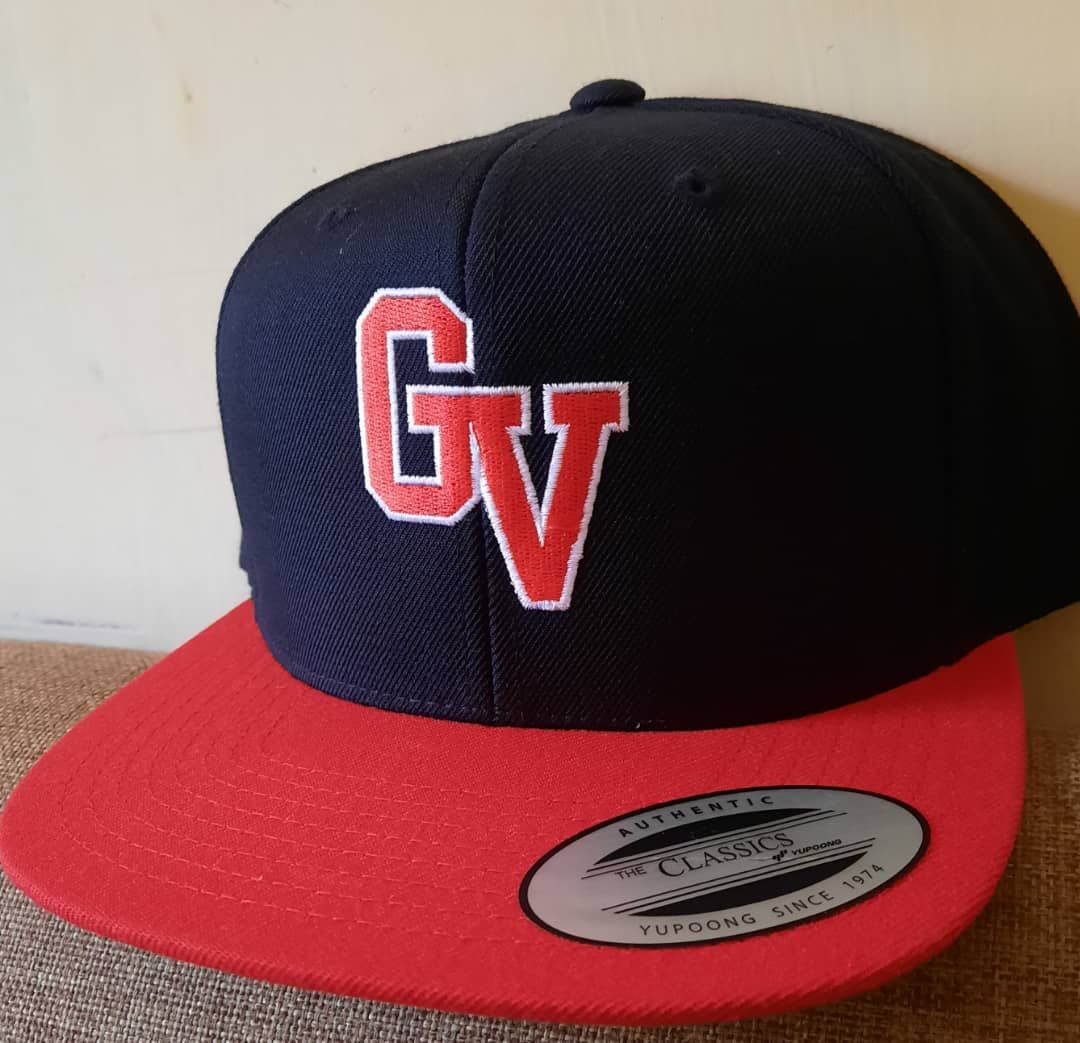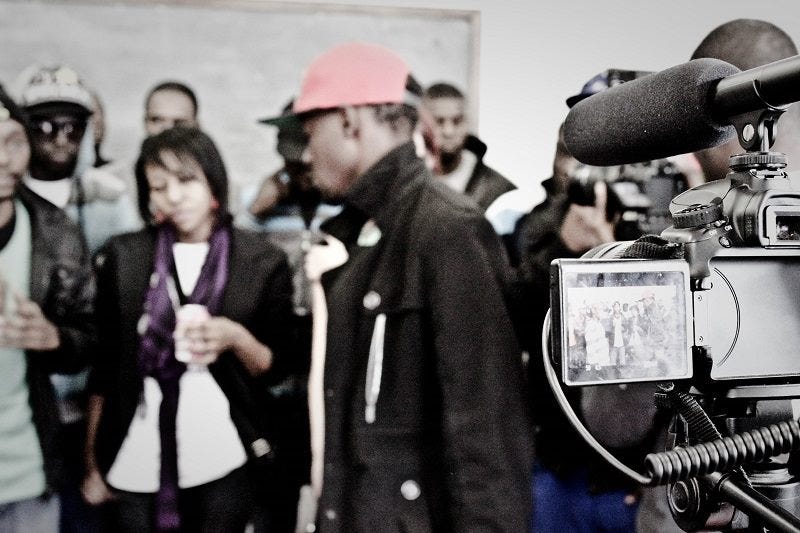One of the brothers I took notes from when I was coming up in the Zimbabwean scene is Naboth Rizla. One of the multi-talented practitioners of our beloved genre.
His journey through hip-hop has been one of relentless dedication, innovation, and passion. From a young rap enthusiast in Plumtree to a key player in Zimbabwe’s hip-hop culture, his impact has been immense. Through music, fashion, business, and media, Rizla has played a pivotal role in shaping the hip-hop landscape in Bulawayo and beyond.
I started knowing about Rizla when I heard he was writing for South Africa’s hype Magazine around 2008, I had a big hommie who lived in Tegela known as Supreme who at that time would introduce me to DJ 2 Nyce, Mark Vusani, P.O.Y, Theme Elohim and also shower praises to Naboth Rizla.
Rizla had long begun the craft during his formative years. It wasn’t until high school in Plumtree that he truly immersed himself in the culture. Like many of us, he was inspired by The Source magazine.
When Spin-A-Long shops were still a thing, he saved up to buy CDs and cassette tapes from his pocket money, piggy bank investments for his passion.
A turning point came when a friend, Lyrical Insane (Mduduzi Hwalima), introduced him to recording. With a makeshift mic and rhyme books, Rizla laid down his first tracks, and the rest was history.
What truly captivated him was hip-hop’s power as a tool for self-expression and self-discovery. Growing up with his grandparents, Rizla often questioned his identity, and hip-hop provided him with both guidance and confidence.
However, the Zim hip-hop scene in those days was far from welcoming. If you think Zim Hip-hop artists face stigma now, it was worse in those days (I mean Donne Jovi was lamenting this in a recent sit down).
Artists were dismissed as imitators of American rap, with radio, television, and print media showing little interest. The industry’s skepticism didn’t deter him; instead, it fueled his resolve to build platforms that would support local artists. His contributions include Zimbabwe’s first hip-hop website, Da-Grape-Vine.com, the award-winning Hip Hop 263 TV show, and Da Flow Sessions with Spinx Leeroy Britain, which set the blueprint for today’s hip-hop showcases.
His biggest inspirations spanned both music and business. Hip-hop moguls Russell Simmons and 50 Cent influenced his entrepreneurial side, while artists like Redman (whose autographed picture he proudly owns), Funkmaster Flex, and Tumi (now Stogie T) shaped his artistic vision. Locally, he admired legends like Peter Johns, Otis “The Flow” Fraser, and Tich Mataz. His love for DJing further deepened his connection to hip-hop.
TRANSITION FROM RAPPER TO ENTREPRENEUR
While rap was his first love, Rizla soon recognized the importance of image and branding. This realization birthed Grapevine Clothing (GV), a brand that evolved from personal fashion statements to a business. Inspired by Rocawear and G-Unit clothing, GV was built on quality, exclusivity, and street fashion appeal. What started as his personal merch soon found an audience, and before long, corporate clients were placing bulk orders.
His partner Mbako Mbulayi initially joined him from Botswana, later replaced by Da Kompozitioner Lwazi Mpoko. Together, they expanded GV into a streetwear brand with limited edition pieces, emphasizing uniqueness. The hip-hop community was initially indifferent, but once GV started sponsoring hip-hop events, interest grew. Yet, by then, the brand had already established itself in the corporate world, proving that quality and vision mattered more than genre loyalty.
IMPACT ON THE CULTURE
DGV (Da Grape Vine) became more than just a clothing brand; it became a cultural movement. Through rap battles, Rizla helped nurture young talent, giving artists a stage to sharpen their skills. The DGV Rap Battles attracted competitors from across Zimbabwe, with some even joining prestigious leagues in South Africa. Notable names who emerged from these battles include Spliffah Ray, Kingson Mac, Jilly Tha Black, Benny Jones, Siriboy, Asaph Afrika, Yung Tyran, and Lady Eef. The impact of these battles was undeniable—they elevated careers, honed skills, and placed Zimbabwean hip-hop on the map. - Watch the battles via this link
Beyond battles, DGV incorporated elements like beat battles and live performances, creating a space where producers, poets, and rappers could showcase their craft. By hosting international guests and judges, Rizla ensured that Zimbabwean hip-hop was seen and respected beyond its borders.
HIP-HOP BLOGGING & DOCUMENTATION
Recognizing a lack of media coverage for Bulawayo’s hip-hop scene, Rizla took matters into his own hands. His website Da-Grape-Vine.com became a pivotal platform for local artists. His work was so well-received that it led to freelancing gigs with international publications, including Hype Magazine SA. Blogging eventually became more lucrative than music sales, events, or performances, teaching him that hip-hop offered multiple streams of income beyond the microphone.
Despite these successes, local media undervalued hip-hop coverage, with most outlets offering little to no pay. However, Rizla’s writing found a market overseas, where hip-hop’s economic potential was better understood. This lesson reinforced his belief in looking beyond Zimbabwe for opportunities.
BUSINESS ACUMEN & LEGACY
As an entrepreneur, Rizla faced numerous challenges, from financial setbacks to a lack of mentorship. With no guidebooks tailored to Zimbabwe’s hip-hop industry, he learned through trial and error—often at a high cost. Friends and family were initially skeptical of his ambitions, seeing hip-hop as a dead-end pursuit. However, Rizla remained undeterred, choosing to document his experiences through books and other platforms to help future generations navigate the industry.
For aspiring creatives, his advice is clear: Read, network, and choose partnerships wisely. He emphasizes the importance of building relationships and growing together as a collective. His journey has proven that hip-hop is not just music—it is a vehicle for economic empowerment, cultural preservation, and self-expression.
When asked how he’d like to be remembered, Rizla’s response is simple yet profound: as a door-opener. His contributions to the culture—from fashion and media to events and artist development—have ensured that those following in his footsteps won’t have to start from scratch.
INTERESTING FACTS
Despite his confident public persona, Rizla once struggled with a speech impediment. As a child, he stuttered, which affected his self-esteem. Hip-hop became his therapy—rapping along to songs helped him overcome his speech difficulties and build his confidence. Today, he credits hip-hop for changing his life and allowing him to live his dreams.
His all-time favorite hip-hop album? DMX – It’s Dark and Hell is Hot. If he could collaborate with any artist? He’s already working with one of his favorites, Luminous, whose lyrical prowess might even lure him back into the recording booth.
TO INFINITY AND BEYOND
With GV marking 20 years in 2025 and the return of DGV Rap Battles in May, Rizla’s influence remains strong. Whether through music, fashion, or media, he continues to be a pillar of Zimbabwean hip-hop.
His story is a testament to resilience, creativity, and the power of hip-hop to change lives. And if there’s one thing we’ve learned from Naboth Rizla, it’s that the grind never sleeps.





Naboth is one of the most real I know; he has raw, unadulterated love for Hip Hop culture .Thank you for giving him his flowers #thegrindneversleeps